Category: Amazing Plants
-

Sweet Potato Family Is Older Than Previously Thought And Did Not Originate In The New World
Sweet potatoes may seem as American as Thanksgiving, but scientists have long debated whether their plant family originated in the Old or New World. New research by an Indiana University paleobotanist suggests it originated in Asia, and much earlier than previously known. (Clcik on title for full story.)
-

This Unusual Flower May Explain How Figs Came To Be
Our hypothesis that Dorstenia may be reminiscent of an intermediate form in the evolution of this fascinating fig-fig wasp symbiosis is corroborated by a fascinating recent observation, by scientists, of flies laying eggs in the Dorstenia flowers. This exciting observation adds weight to the hypothesis that egg-laying by insects is a common trait that predated…
-

Mistletoe Shown To Be Unique: It Doesn’t “Breathe”
Most people know mistletoe (Viscum album) primarily as a plant to hang up and kiss under at the holidays. But in its natural environment, mistletoe is a hemiparasite (a parasitic plant that is capable of some photosynthesis), latching onto trees and extracting water and nutrients from them. Now, two independent studies reported in Current Biology on May…
-
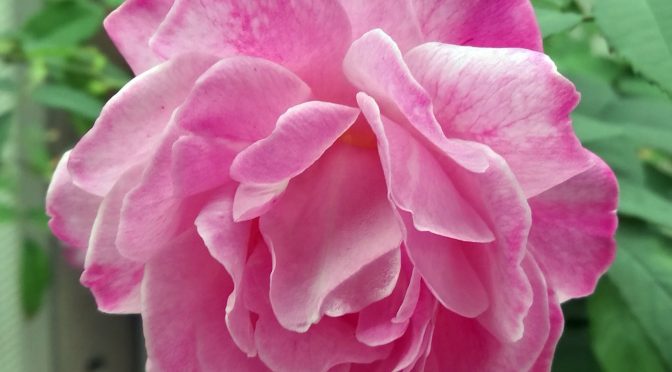
It May Require Gene Sequencing To Get Roses To Again Smell So Sweet
Although the rose genome has been mapped before, a newly published version is far more complete, indicating which genes tend to travel together — scent and color, for instance — and which genes are responsible for continuous blooming, among other traits. (Click on title for full story.)
-

The Mighty Oak First Arose In Northern Canada And Went On To Conquer A Hemisphere
It’s the national tree of the United States, Germany, and a dozen other countries—as well as the stuff of corks and fine wine barrels—yet little is known about where the North American oak tree came from. Now, biologists have pieced together the past of the most dominant species of oaks and come to a startling…
-
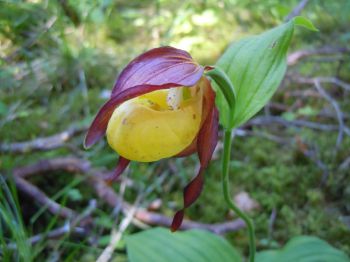
When Times Get Tough Plants May Simply Go To Sleep….For Decades
Dormancy in seeds has been widely known about and studied for decades but the phenomenon of dormancy within plants that have left the seed stage behind and embarked upon adult life is far less well-known and understood. (Click on title for full story.)
-
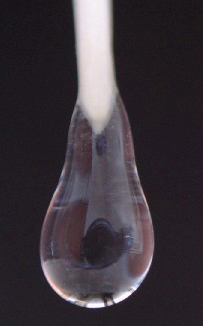
Plant Roots Alter The Soil To Suit Their Needs
During the growing season–and beyond–there are delicate interactions between each plant and the surrounding soil. All of these interactions affect the amount of water that is captured by soil and absorbed by plants. Production of exudates also affects how well the plants can pull vital nutrients out of the soil, and even affects the soil…
-
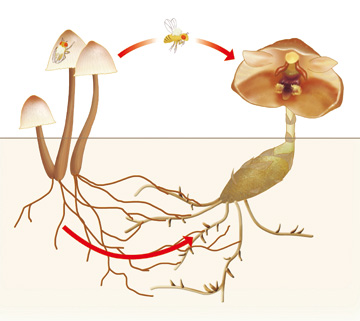
Newly Discovered Orchid Strategy: Let Mushrooms Do The Work
The non-photosynthesizing orchid species Gastrodia pubilabiata mimics rotting mushrooms or fermented fruit, and is pollinated by fruit flies who mistakenly lay their eggs in its flowers. If there are rotting mushrooms near the orchid, its pollination rate increases. As well as using mushrooms to attract insect pollinators, G. pubilabiata survives by absorbing nutrients from the…
-
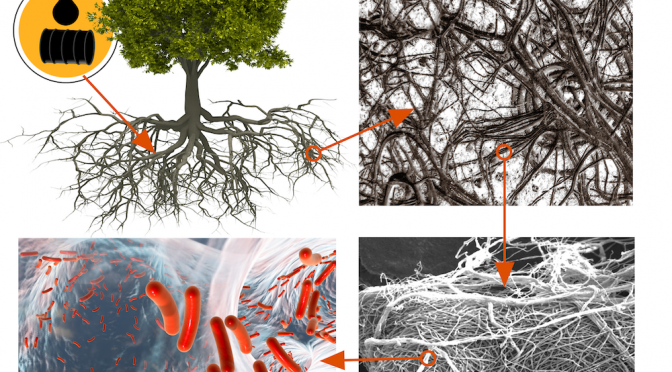
Not By Trees Alone: It Takes An Underground Ecosystem To Clean Polluted Sites
Using advanced techniques for analyzing the simultaneous expression of genes from multiple organisms in an ecosystem, the scientists examined the roots of willows grown on a polluted site in suburban Montreal. They found that complex interactions among a range of ectomycorrhizal fungi — which form symbiotic sheaths around the roots of plants — and certain…
-
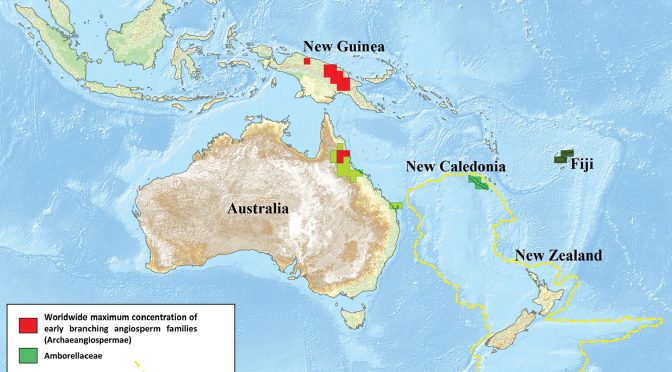
Did Flowering Plants First Appear On An Ancient Continent Now Gone?
The recent recognition of Zealandia, a 94% submerged continent in the east of Australia, could explain the discrepancy between molecular clocks and fossil records about the age of angiosperms, supporting the old Darwinian hypothesis of a “lost continent” to explain the “abominable mystery” regarding the origin and rapid radiation of flowering plants. (Click on title…
